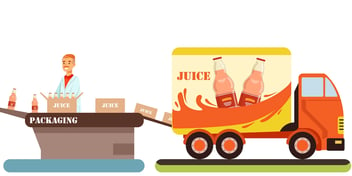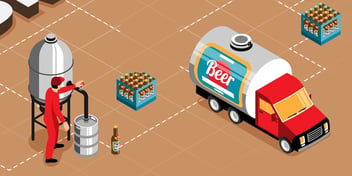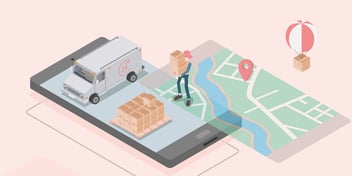Food distribution plays a critical role in the food supply chain, not to mention overall food security. Any failure in food distribution logistics can have a domino effect on the entire supply chain, thereby affecting the quality and supply of food. To put it succinctly: the stakes are high.
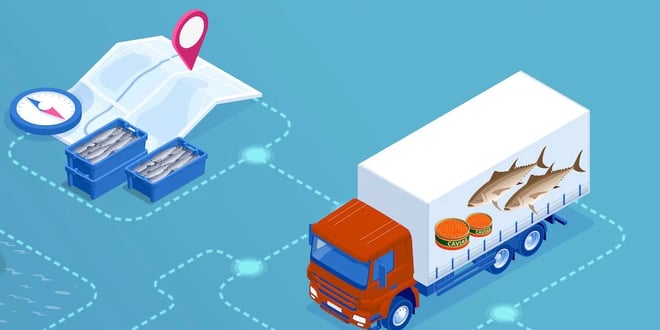
And yet, there are still organizations that rely heavily on manual processes for their food logistics workflows. Food distribution outfits that bank on manual workflows are setting themselves up for major challenges. There are, after all, many challenges in food distribution—including employees who will struggle in managing decreasing storage space, an increasing variety of SKUs, and capacity crunches around seasonal peaks. Manual processes often lead to inefficiency in operations, which food companies cannot really afford when facing the kinds of challenges we’re talking about.
The primary goal of all food companies, which would include those involved in production, manufacturing, logistics, and distribution, is to ensure that the goods are safely and quickly delivered in their best condition to the markets. Obviously, any delays in deliveries or mishandling of food products will result in food losses.
Luckily, you can ensure efficient food distribution logistics by investing in the right food distribution solution.
The Benefits of Food Distribution Solutions
Wholesale food distribution software addresses the various challenges food wholesalers and distributors face regularly, from food spoilage and supply chain disruption to tight regulations and the challenges of keeping B2B clients happy. Juggling various inventories coming from different food producers and manufactures requires an advanced system. Below are some of the ways that the right food distribution software can benefit you:
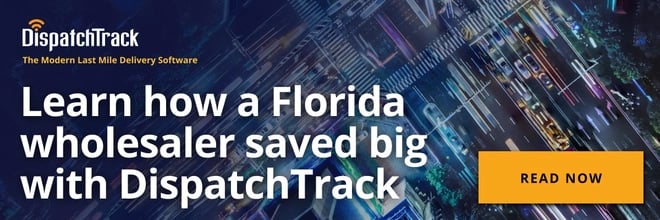
Better inventory management and demand forecasting
The food industry typically has large inventories of mostly perishable goods and its inventory management is different from the inventory management of other goods. Food distribution software helps food companies manage different stocks and products in their system. It offers timely alerts on SKUs that are about to run out, allowing businesses to restock at the right time. This will avoid any product shortage and consequently loss of sales. Ideally, you’d also gain useful insights based on current and historical data, which you can use to better understand your demand cycles for their future forecast requirements.
Efficient product tracing
The food industry is a heavily regulated one. One of the challenging rules set by the Food and Drug Authority (FDA) is the need for traceability of products in cases of product recalls. Your food wholesale software supplier should provide you with tools that help in identifying and retrieving defective or spoiled products efficiently and quickly.
Improved return process
Related to the benefit above, the right food logistics software enables you to automate and streamline your processes and workflows for tracking and authorizing customer returns.
Improved accuracy and efficiency
The right solution will also allow you to barcode products as they arrive from manufacturers and suppliers so that all the information about them is recorded and stored in the system. One can easily find the products' status or location by searching its name or barcode.
Features to Look for When Choosing Between Food Wholesale Software Suppliers
Clearly, food logistics management software has the power to be beneficial to food companies. However, the task of finding the best software can be quite challenging—especially given that so many food wholesale software suppliers are promising so many new and exciting features. It can be hard to separate the flash from the substance.
To that end, here are some essential features to look for in a food distribution solution.
Route optimization
Okay, this is a feature that’s important to any last mile logistics operation, but it’s particularly important in food logistics contexts. Why? Because it’s the best way to shorten routes and thereby ensure on-time deliveries and efficient capacity utilization—particularly important factors when it comes to seasonal capacity crunches or goods that are near their sell-by dates.
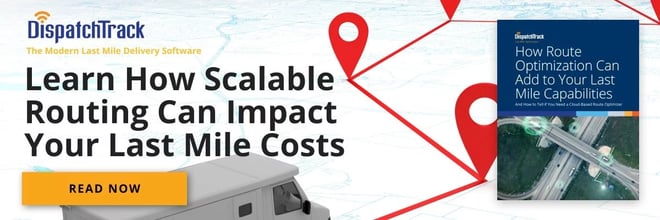
Hybrid routing
More specifically than just route optimization—food wholesalers (like other B2B companies) need delivery routing software that can help them balance the needs of recurring customers with the need to maintain agility. Purely dynamic routing isn’t well suited to recurring orders, but purely static routing can’t accommodate last minute changes or provide true optimization. Food wholesalers need to find a solution that offers the best of both worlds.
Barcode tracking
The right software should let companies scan barcodes of every product each time they arrive from manufacturers and suppliers so that information for all products is easily recorded in the system.
Reverse logistics
You should also be able to easily create a return to vendor request to manufacturers or suppliers if they are damaged using the receipt. This will be related to your traceability for orders that wind up coming back to the distribution center at the end of the day.
End-to-end visibility
Food distribution logistics software should help companies make well-informed and accurate decisions by offering real-time, reliable integrated data. Unfortunately, many companies have a disparate gathering of records and do not have an integrated view of all data available. The result of these disparate data sources is that decisions can’t be made quickly—which in last mile logistics is the worst case scenario. Not only can you not maximize capacity if you don’t have the right data at the right time, you also can’t provide quality customer service if you can’t find the information you need to help the customer you’re speaking to.
Pricing/customer tiers
Solutions that allow companies to establish pricing tiers per commission rates by salesperson and customers are also necessary. This feature should also limit access or view of pricing tiers data to only authorized employees.
The logistics involved in food distribution are more challenging to handle than other products. After all, there are many food products that are perishable and if not handled properly can put consumers and the public at risk. Food businesses, however, can overcome many of the distribution challenges with the help of the right food distribution logistics software.




